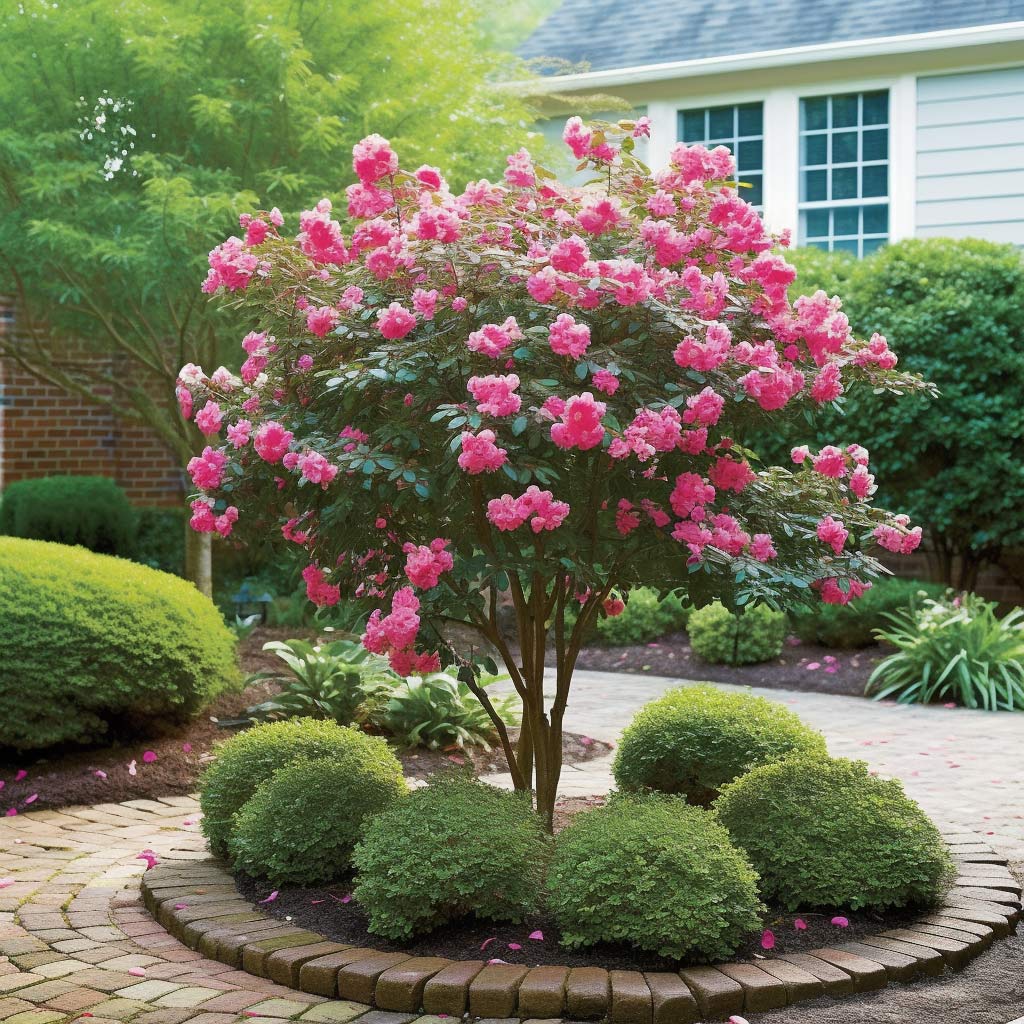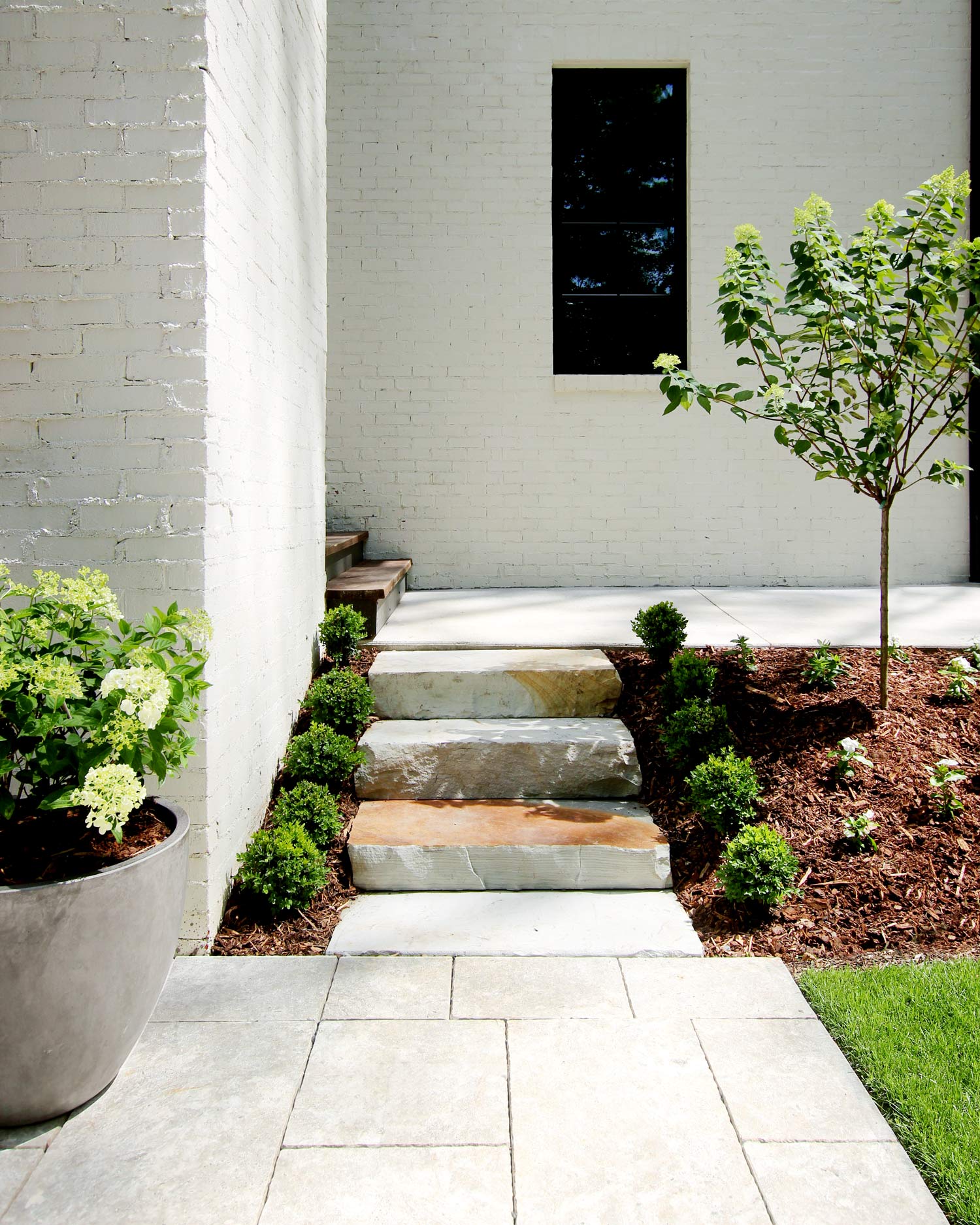
When it comes to floral elegance, few plants can rival the captivating allure of the Knockout rose tree. Bursting with vibrant blossoms and endowed with remarkable resilience, this stunning variety of rose has become a staple in gardens and landscapes around the world. As a testament to its enduring popularity, the Knockout rose tree has claimed its throne among other small trees as one of the most sought-after ornamental plants among both amateur gardeners and seasoned horticultural enthusiasts. In this article, we’re going to discuss the captivating characteristics, exceptional adaptability, and extraordinary charm that make the Knockout rose tree a true marvel to behold.
The Origin of the Knock Out Rose Tree
The Knockout Rose Tree is a variant of the Knockout Rose family, which was first cultivated by rose breeder William Radler in the late 1990s. What sets this variant apart is the growth form: it’s grafted onto a hardy rootstock, which results in a slender trunk topped with a bushy, vibrant bloom display. This tall and stylish appearance has made the Knockout Rose Tree a favored choice for ornamental gardening.
Planting the Knockout Rose Tree
Knock Out Rose Trees are sun-lovers! Make sure you choose a location in your garden that gets at least six hours of direct sunlight each day. The soil should be well-drained with a neutral to mildly acidic pH.
When you’re ready to plant, dig a hole that’s twice as wide and as deep as the root ball. Place the tree in the hole, then backfill it with the removed soil, tamping it down gently around the base to eliminate air pockets. Immediately after planting, water thoroughly to help the plant settle.
How to Care for Your Tree
Despite their glamorous appearance, they are surprisingly low-maintenance. Here’s how you can ensure your tree thrives:
Watering: In the first few weeks after planting, keep the soil consistently moist. Once established, you can let the top inch of soil dry out between waterings. Be careful not to overwater and avoid wetting the leaves, which can promote disease.
Fertilizing: In early spring, when new growth begins to emerge, apply a slow-release rose fertilizer. Repeat this every six weeks until late summer to support healthy growth and abundant blooming.
Pruning: In early spring, before new growth begins, prune your tree. Remove any dead, diseased, or damaged branches, and shape the tree to your liking. Knock Out Rose Trees are resilient, so don’t be afraid to cut back quite a bit—this plant is known for its vigorous growth.
Pest and Disease Control: While these trees are highly disease-resistant, it’s always a good idea to monitor your tree for common rose diseases, such as black spot, and pests like aphids. If you spot any signs of disease or infestation, address it immediately with appropriate treatments.
The Glory of the Blooms
One of the most appealing traits of the Knockout Rose Tree is its blooming prowess. From late spring until the first hard frost, this tree produces a bounty of vibrant, eye-catching roses. The flowers, available in various colors, from classic red to sunny yellow, have a slight fragrance and will add a pop of color to any garden.
Final Thoughts
The Knockout rose tree stands as a remarkable testament to nature’s ability to combine beauty and resilience in a single plant. With its abundant and vibrant blooms, coupled with its unwavering durability and disease resistance, this rose tree has rightfully earned its place as a beloved favorite among gardeners of all levels of expertise. Whether adorning a manicured garden or brightening up a city landscape, the Knockout rose tree brings an undeniable charm and elegance to any setting. Its ability to thrive in various conditions and its minimal maintenance requirements make it an accessible choice for both novice and seasoned gardeners alike. So, whether you’re seeking a focal point for your garden or simply looking to add a touch of beauty to your outdoor space, the Knock-Out rose tree is sure to enchant and delight for years to come.




No Comments